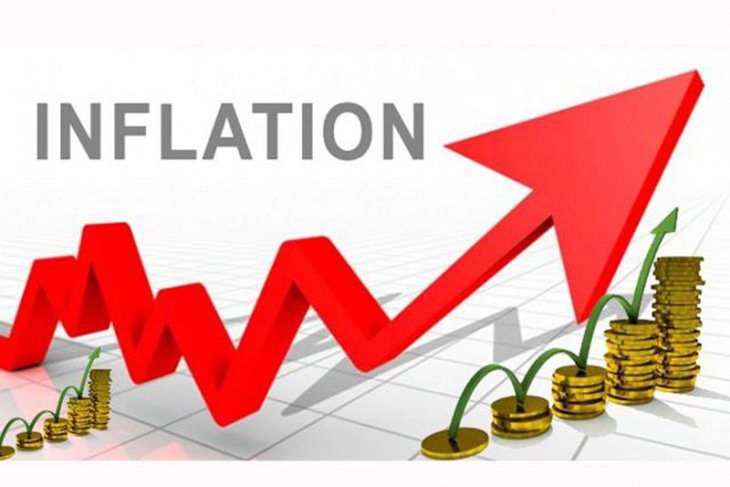
Inflation for January 2025 saw a marginal decline, settling at 23.5%, compared to 23.8% in December 2024. This slight decrease reflects ongoing efforts to stabilize Ghana’s economy despite persistent pressures in key sectors.
Sectoral Breakdown: Food Inflation Continues to Surge
Food inflation surged to 28.3% in January, up from 27.8% in December 2024. This continued upward trend highlights challenges in the agricultural supply chain and rising food production costs. In contrast, non-food inflation dropped to 19.2%, providing some relief to households dependent on non-food expenditures.
Locally produced vs. Imported Goods
Inflation for locally produced items showed an improvement, declining to 25.7% in January from 26.4% in December 2024. However, inflation for imported goods rose slightly to 18.4%, up from 17.9% in the previous month, reflecting the impact of exchange rate fluctuations and global market dynamics.
Inflation Across Key Divisions
Certain divisions experienced inflation rates significantly above the national average. These included:
Alcoholic beverages, tobacco, and narcotics: 27.2%
Food and non-alcoholic beverages: 28.3%
Housing, water, electricity, gas, and other fuels: 24.6%
These figures emphasize persistent cost pressures in essential commodities and services.
Regional Inflation Disparities
The Western Region recorded the highest regional inflation rate at a staggering 49.9%, underscoring localized economic challenges. On the other hand, the Volta Region reported the lowest inflation rate at 18.0%, reflecting a relatively stable economic environment in that part of the country.
Outlook
While the slight decline in overall inflation is a positive sign, the mixed trends across sectors and regions highlight the complexities of Ghana’s inflation dynamics. Policymakers and stakeholders are expected to focus on stabilizing food prices and mitigating the impact of imported goods inflation to sustain the downward trajectory in overall inflation.
Story by: Mercy Addai Turkson



